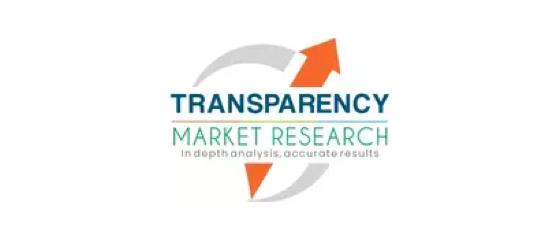Self-administered drugs through pre-filled syringes offer opportunities to reduce consumer spending on caregiver fees. Furthermore, manufacturers are gaining sharper profit margins with the introduction of this drug delivery medium in their portfolio. On this backdrop, the global parenteral drugs market estimated at US$ 451 Bn in 2019, is projected to witness moderate growth during the forecast period (2019 – 2029).
Drugs for cancer are always short in supply in countries where the market is monopolistic and access to such medicines is dominated by a single player. Rising prevalence of chronic illnesses such as cancer, cardiovascular diseases, and diabetes, across the globe has been the prime revenue driver for parenteral drugs and this trend is not likely to abate any time in the foreseeable future.
Key Takeaways of Parenteral Drugs Market Study
- By product type, monoclonal antibodies segment accounts for maximum market share in terms of revenue in the parenteral drugs market. This is primarily attributed to the rising adoption of biologics and subsequent rise in the number of biologics approved for marketing.
- North America and Europe collectively hold over 60% of the parenteral drugs market share owing to the rise in new product launches in the regions.
- Hospital pharmacies segment is expected to be the dominant distribution channel in the parenteral drugs market.
- The parenteral drugs market is highly fragmented. Some of the prominent parenteral drug manufacturers include, Merck & Co. Inc., Teva Pharmaceutical Industries Ltd., Sanofi S.A., Novartis AG, and Pfizer Inc., among many others.
“Patent expiration of branded products and fewer new product launches have resulted in the rise of generic versions of drugs, and in the emergence of a number of players in the market – this factor has intensified total parenteral drugs sales,” says a report analyst.
Increased Research Funding to Drive Parenteral Drugs Market Growth
Research funding has surged significantly in recent years, which has resulted in an increase in the number of projects undertaken as well as newly employed personnel for the same. The funding for research comes from governments, private players, and other commercial entities. For instance,
- In 2017, the National Cancer Institute (NCI) received over US$ 5.6 billion for research initiatives, which reflects a 7% increase as compared to 2016.
- Similarly, in 2018, in the U.S., the Omnibus Appropriations bill that provided additional funding of US$ 3 billion for the NIH (National Institutes of Health) was passed, which is the highest increase in NIH funding in the past 15 years. This boost in funding, which brings the total NIH investment to US$ 37.1 billion for FY 2018, is expected to speed up cancer research in the coming years.
- The expected trend indicates a significant rise in NIH funding in the fiscal year 2017 – 2018. In the future, investments in R&D are likely to increase in all countries across the world, especially in countries such as China and Brazil.
These insights are based on a report on Parenteral Drugs Market by Fact.MR.
E-mail: Nikhil.kumar@Fact.MR.com
Web: www.factmr.com


